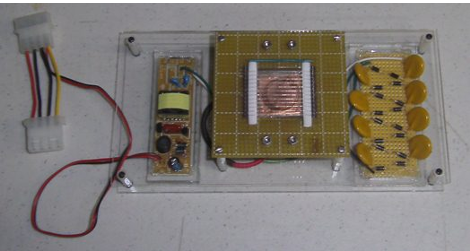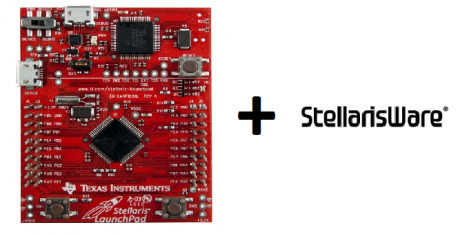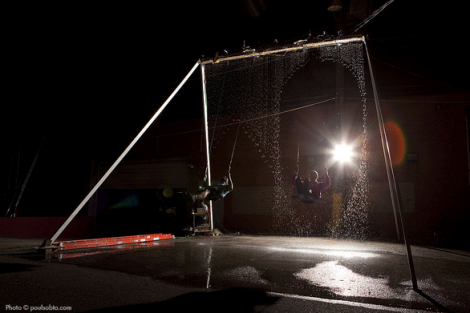
[JAC_101] wrote in to let us know that the Truely Mad Scientist’s LVL1 Splinter Group just built a simple Alpha Particle detector. The detector is a high voltage DC spark gap that is triggered by ionizing radiation. Making one of these detectors involves gutting a cold cathode power supply for some high voltage AC, then bumping that source up to crazy high voltage DC with a Cockcroft-Walton generator. Once the spark gap distance is carefully adjusted it will light up brilliantly with the introduction of a radioactive source, we are told. There are no videos, or even pictures of the thing running, but we found this one that is pretty darn cool. Maybe all that spark-gap related RF killed their camera or something, their page at least promises videos soon.
In the mean time check out Truely Mad Scientist’s LVL1 Splinter Group’s ionizing cloud chamber for more radioactive fun.
















